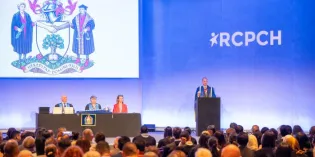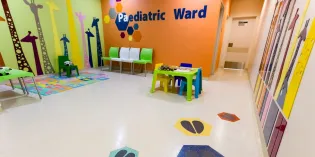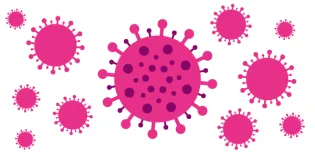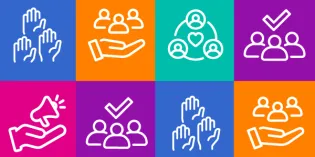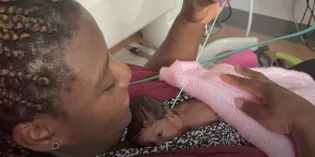This public inquiry is crucial identify and recommend changes to improve preparedness and management of future crises, including the impacts on child health services and children and young people.
Our recommendations (updated autumn 2025) on the management of children with viral respiratory tract infections in hospital settings aim to support clinicians in partnership with local infection prevention control teams.
Young people experienced the pandemic in so many ways. In 2020 and 2021, young people aged 16-25 formed the COVID-19 Book Club to review the evidence and give their insights.
You can find all our resources relating to the pandemic and its impact on members, children and young people, in our listing, including position statements, consultation responses and support for training and examinations.
Our guidance, position statements and case studies aim to support members in different paediatric settings over the winter period. This includes recommendations on the management of children with viral respiratory tract infections such as RSV.

